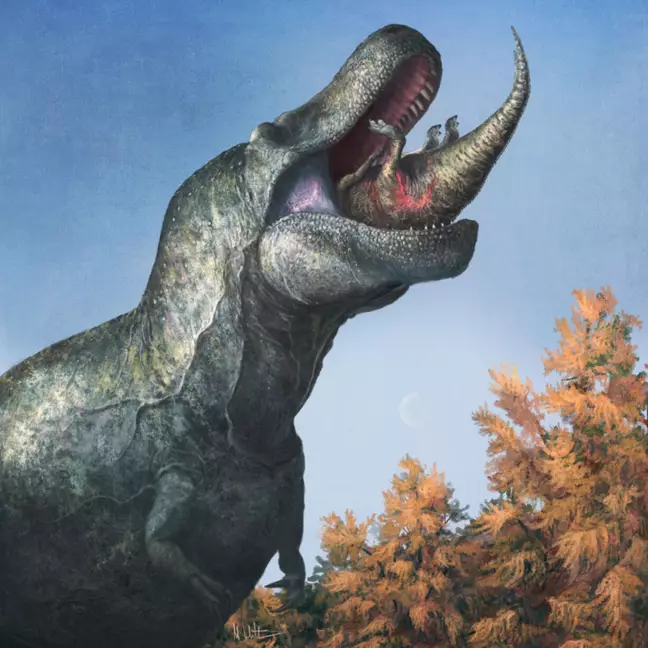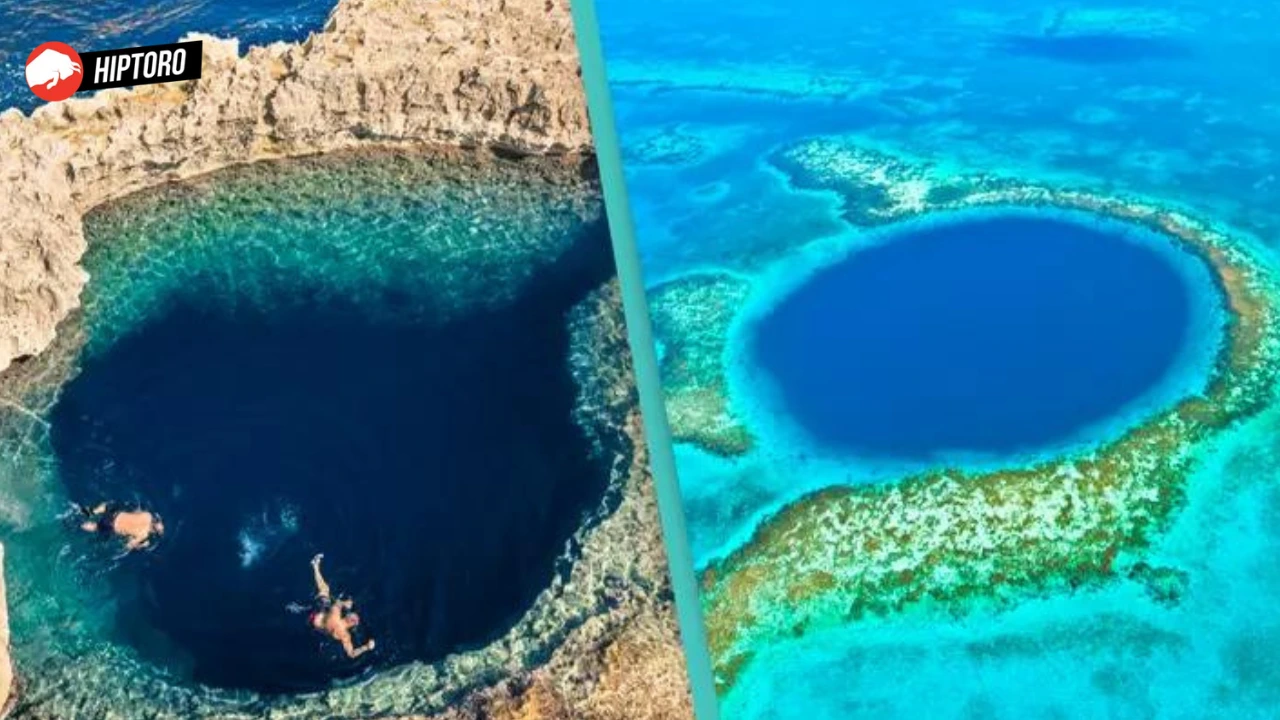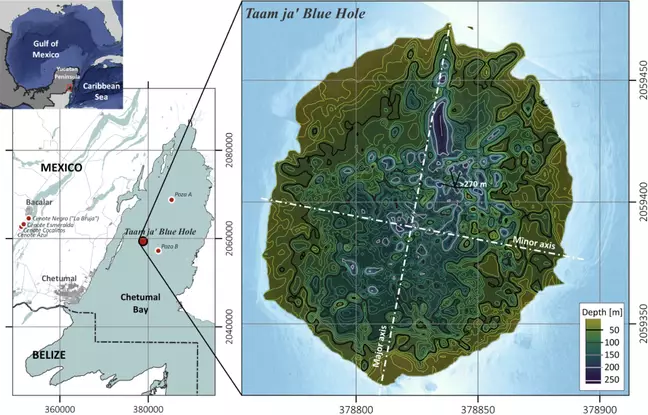Near where the dinosaur-killing asteroids crashed, the world’s second-deepest blue hole was discovered.
It was discovered with a depth of 274 meters (899 feet) and an area of 147,000 square feet in the bay of the Chetumal Yucatan Peninsula in Mexico.
Scientists from El Colegio de la Frontera Sur (Ecosur), a public research institute, discovered it in September 2021 but just published the results in February.
The blue hole sits near the Chicxulub Crater, an asteroid impact crater estimated to have triggered the Cretaceous-tertiary dinosaur extinction 66 million years ago.
Blue holes, unlike impact craters, developed during the last Ice Age, when sea levels were almost 100 meters (330 feet) lower than they are today.

They would have begun as a limestone cave, but as seawater increased, the tunnel flooded, and the ceiling collapsed, forming a marine cavern.
Large undersea vertical caves or sinkholes are found in coastal regions that are home to a diverse array of plant and marine life, including corals, sea turtles, and sharks.
Scientists discovered the Chetumal blue hole has a surface area of 13,690 square meters (147,357 square feet) with 80-degree steep sloped edges using scuba divers, water samples, and eco-sound investigations.
It has been verified that its mouth is just under 5 meters (16 feet) below sea level, with significant water temperature and salinity gradients.
World’s second-deepest blue hole
According to the study published on February 23 in the journal Frontiers in Marine Science, the hole is dubbed Taam Ja’, which means ‘deep water’ in the Mayan language.
This recently discovered blue hole, however, is not as deep as one off the coast of Belize.
According to Live Science, the south-eastern coast of Mexico’s Yucatán Peninsula is home to intriguing geology, including the world’s largest underwater cave, Sistema Sac Actun.
The researchers that discovered the new location are eager to examine and analyze the water’s microbiological richness.










